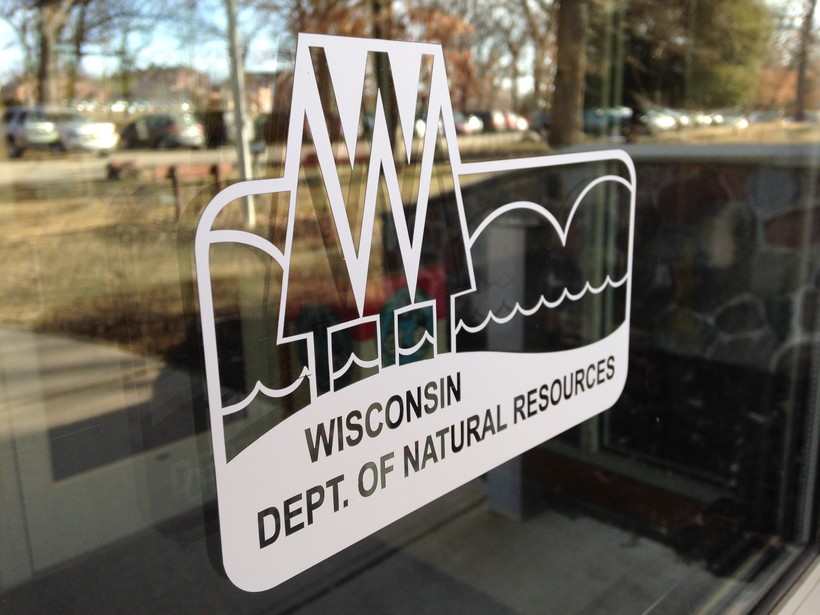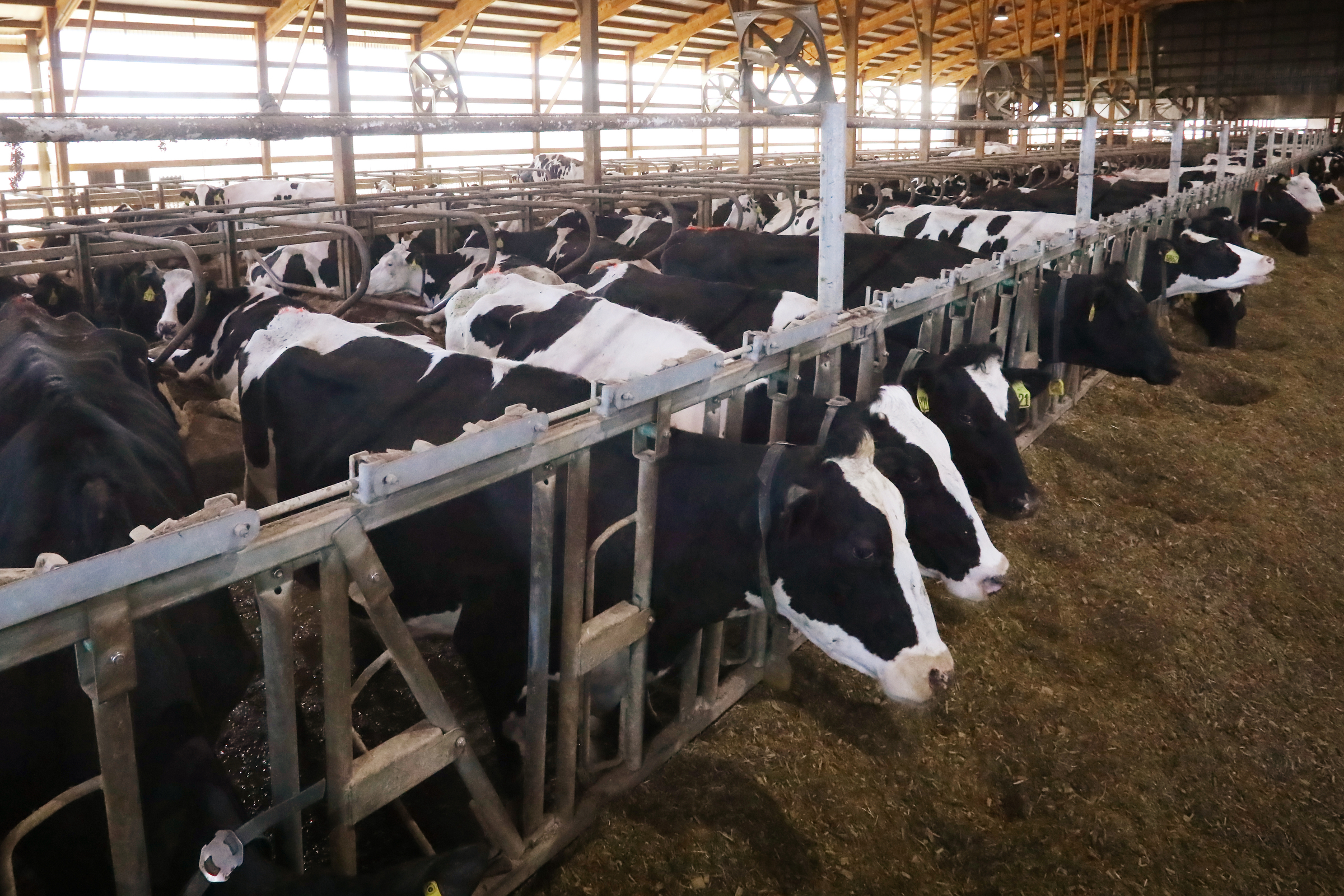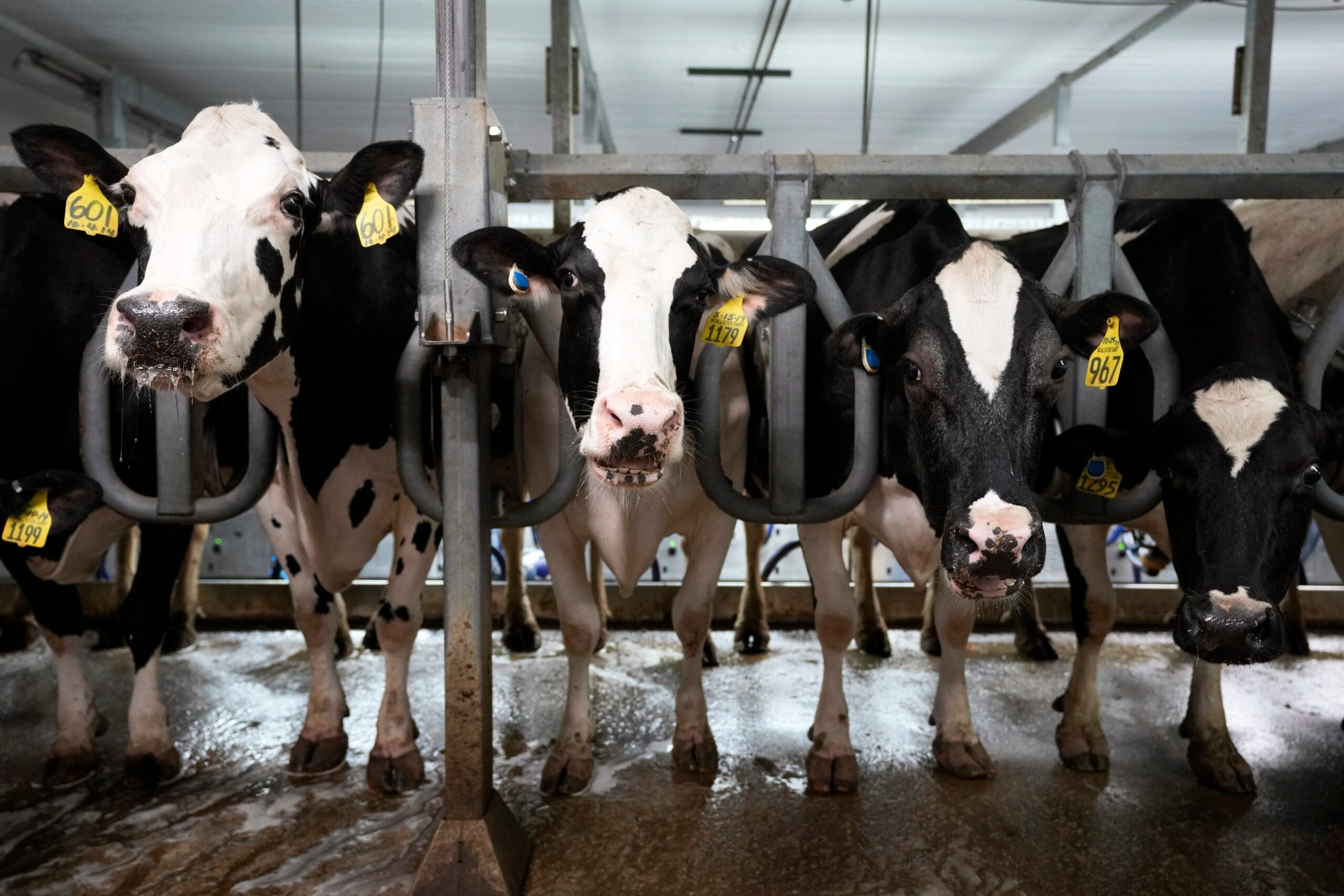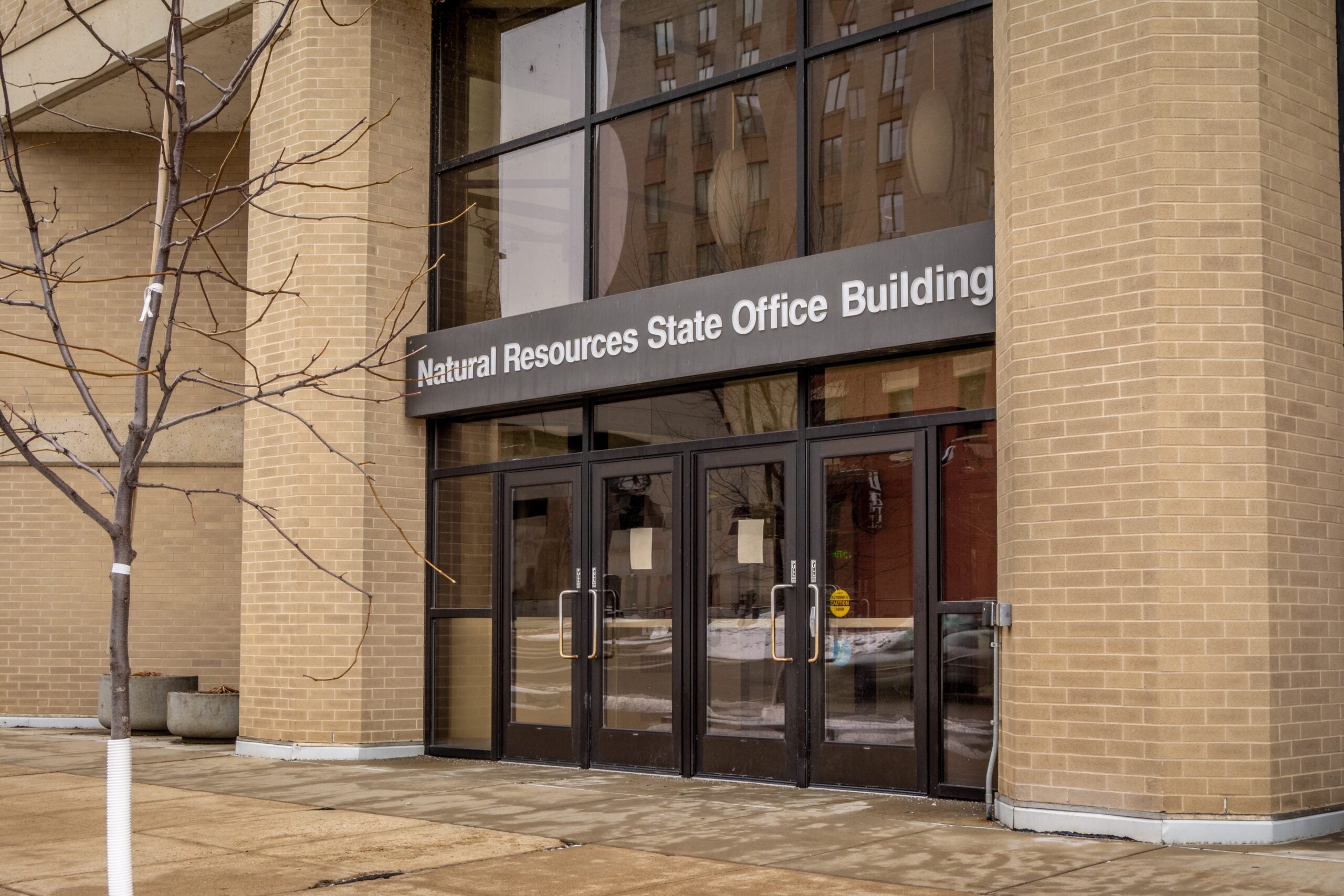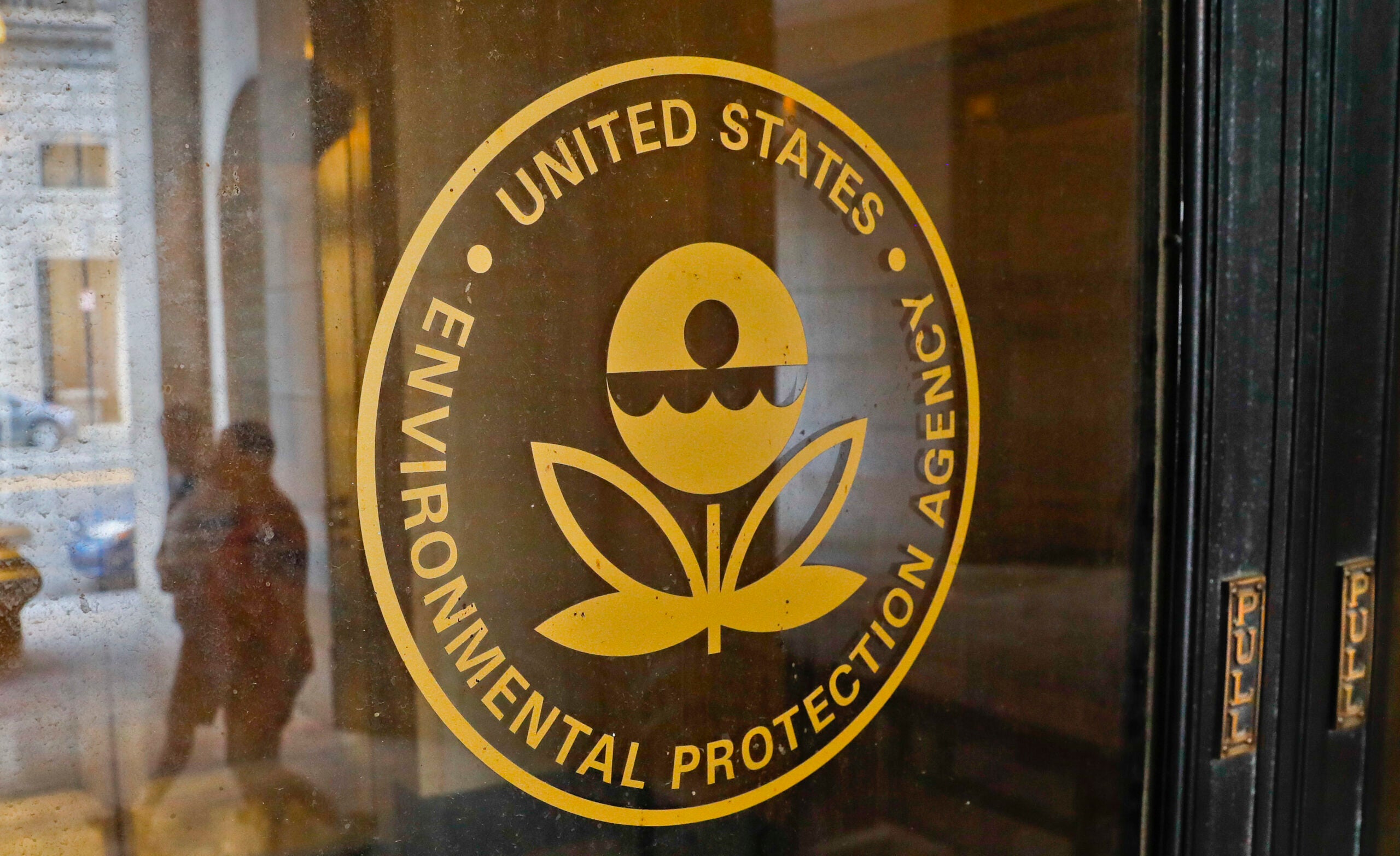Gov. Scott Walker wants to continue with a slowdown in phosphorus pollution reductions that started last year, but some scientists are urging renewed action.
Phosphorus runoff from farm fields, along with discharges from sewage treatment plants and industrial sites, contribute to spring and summer algae growth in many waterways.
“Once those algaes get to a certain density, they can actually release toxins or be hazardous to human health. It also degrades fisheries because of low dissolved oxygen in some of the reservoirs,” said Dan Helsel of the Department of Natural Resources, during an interview from two summers ago.
News with a little more humanity
WPR’s “Wisconsin Today” newsletter keeps you connected to the state you love without feeling overwhelmed. No paywall. No agenda. No corporate filter.
But recently, the DNR and state Department of Administration released estimates that industries and municipalities statewide would have to spend $7 billion over the next two decades to meet phosphorus limits that were passed in 2010, before Walker took office. The numbers come as state agencies work toward implementing a bill Walker signed last year that would allow cities and companies facing higher compliance costs to apply for a variance that would give the point-source polluters more time to comply with the state phosphorus limits.
In Milwaukee last week, the governor insisted he wants clean water, but added that there’s “got to be balance.”
“We have heard for years from local governments that felt like the previous rules put in place were next to impossible for them to comply with. We’re trying to do it in a reasonable way,” said Walker.
Environmental groups say the state isn’t looking at the other side of the ledger — that waters turning a soupy green hurts tourism, fishing and other things that boost Wisconsin’s economy.
Chris Kucharik is an agronomy professor in the Nelson Institute for Environmental Studies at University of Wisconsin-Madison. Kucharik said any slowdown in phosphorus reductions puts the state behind where it should be.
“I mean phosphorus, nitrogen — these are known pollutants,” said Kucharik. “We really need to start making some headway on these problems. They’re not going to go away. And I think if we would have known what we know today 50 years ago, we would have been able to get on a better path.”
Kucharik said decisions about phosphorus policies now could affect how the next few decades play out.
The state has noted that its proposal would also make municipalities and industries pay $50 per pound of phosphorus released, with the money going to reduce phosphorus runoff from non-point sources, like farm fields, natural areas and other locations.
Laura Good of the UW-Madison Soil Science Department said a recent study in Dane, Green and Iowa counties — all in the Pecatonica River watershed — showed farmers can make significant reductions in phosphorus runoff.
“Much of what they did was find ways to reduce erosion or the phosphorus that was available to run off. They found ways to manage their fields that kept the phosphorus and sediment in the field, and didn’t let it leave the field,” said Good.
Elsewhere in Wisconsin and the Midwest, some farmers are trying what’s called a two-stage ditch — basically, ditches that have a small ledge built in to catch more runoff. One farmer in Indiana who has used the method, Mike Long, said that controlling phosphorus pollution is part of a slowly changing environmental ethic.
“The slow adoption is, ‘Grandpa did it that way. Dad did it that way, I’m gonna do it that way. It’s worked for everybody.’ But I believe there’s a lot better way to do it,” said Long.
If the Wisconsin DNR goes ahead with the idea of giving companies and cities more time to meet phosphorus standards, but meantime pay for more farmland projects, the U.S. Environmental Protection Agency would have to approve the idea.
Wisconsin Public Radio, © Copyright 2025, Board of Regents of the University of Wisconsin System and Wisconsin Educational Communications Board.



